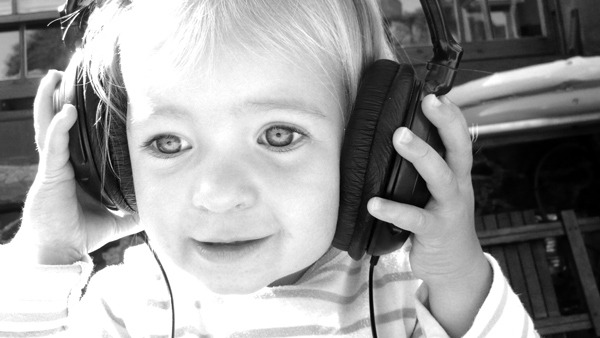Sound
It's usually after you've made your first video, you realise how hopeless the microphone on the camera is. Everyone says, "It was great! Pity about the sound..."
When you choose your camera shot, you have a lot of control over the size of the frame, what's in the picture and what's not.
Oh, if only the sound was as simple!
Sound travels freely through the air and bounces around all over the place: road drills, planes, laughter from next door, barking dogs, loud TVs... The world is filled with all sorts of noises you don't want in your video. Especially in schools!
You can point the camera away from the busy main road to show only a peaceful garden. But your mic will still pick up the sound waves carrying all the traffic noise!
Three things to help you
1. Control your location
If you only have a fixed mic on the camera, finding ways to avoid unwanted noise, is the only way to improve your 'location' sound recording. If you can't avoid it - control it!
2. Use a separate microphone
Microphones built into the camera are just not near enough to the action! Especially if people have gone to the trouble of writing a script - it's important to hear what's being said.
If you're going to try real film-making with even the tiniest domestic camcorder you're going to have to get a separate microphone so you can position the mic as close as possible to what you DO want to hear.
3. Have no 'sync' audio
If it is appropriate for your film you could consider a sound track where no sound is recorded live or in-sync with your moving image.
